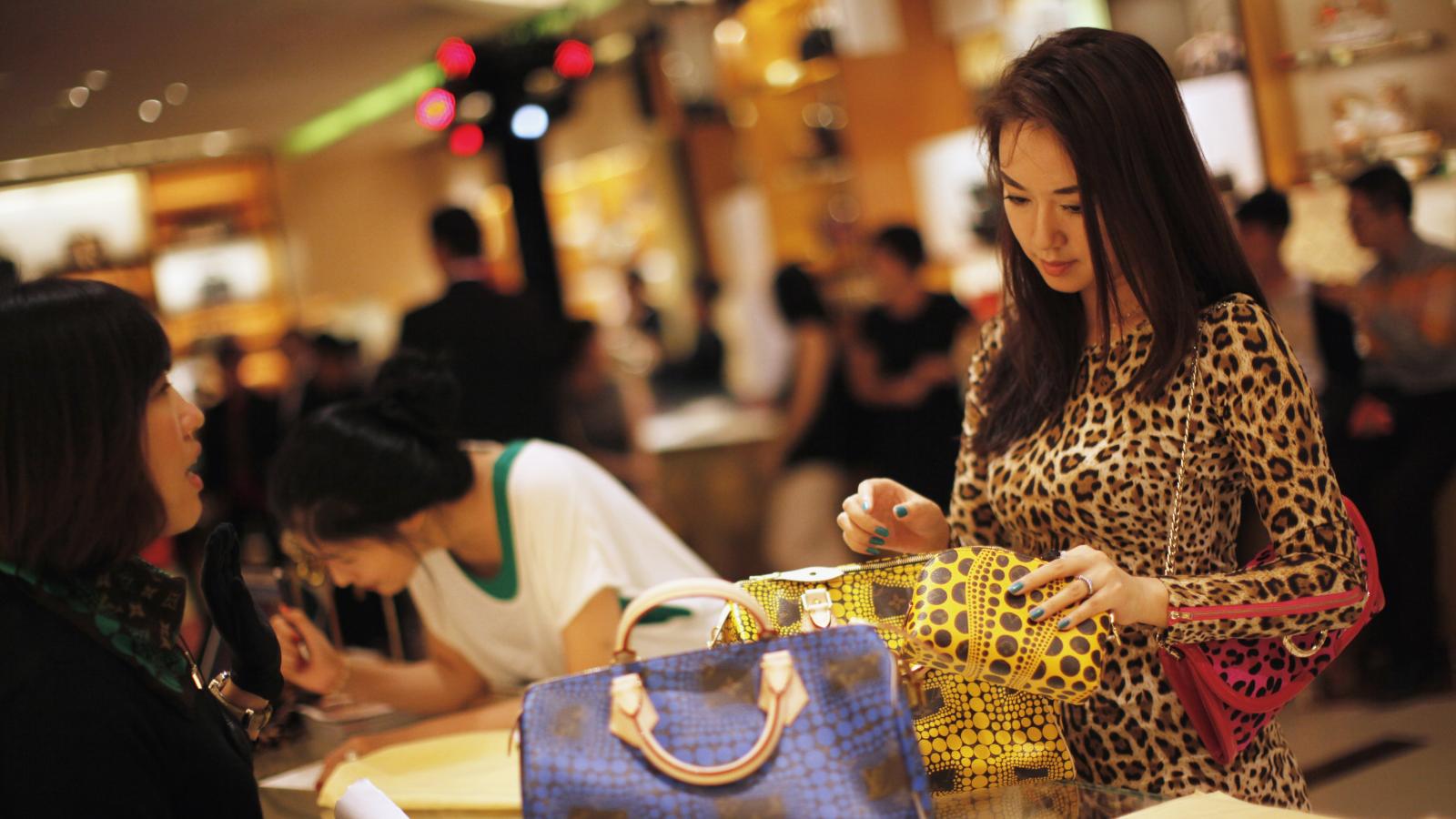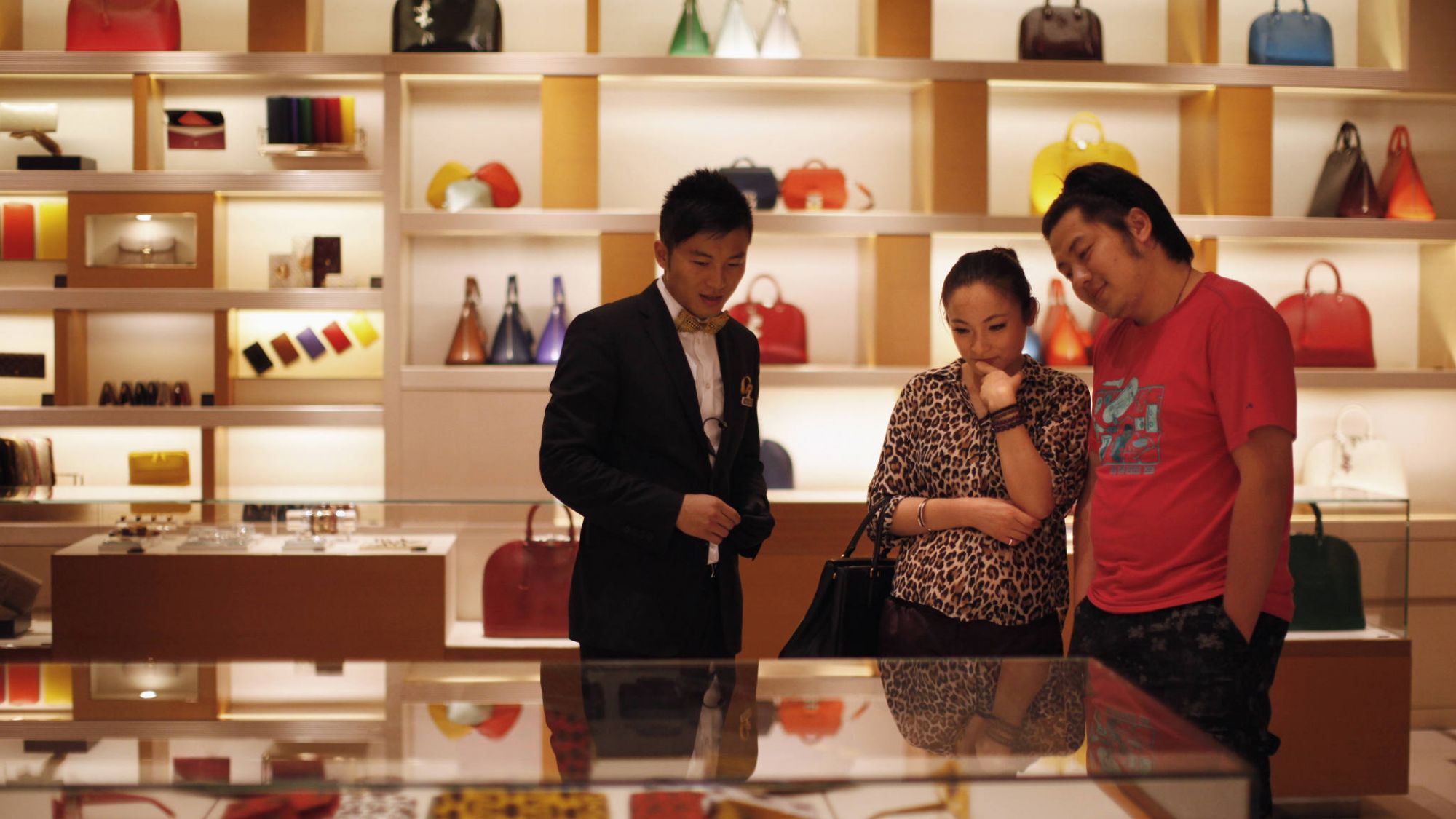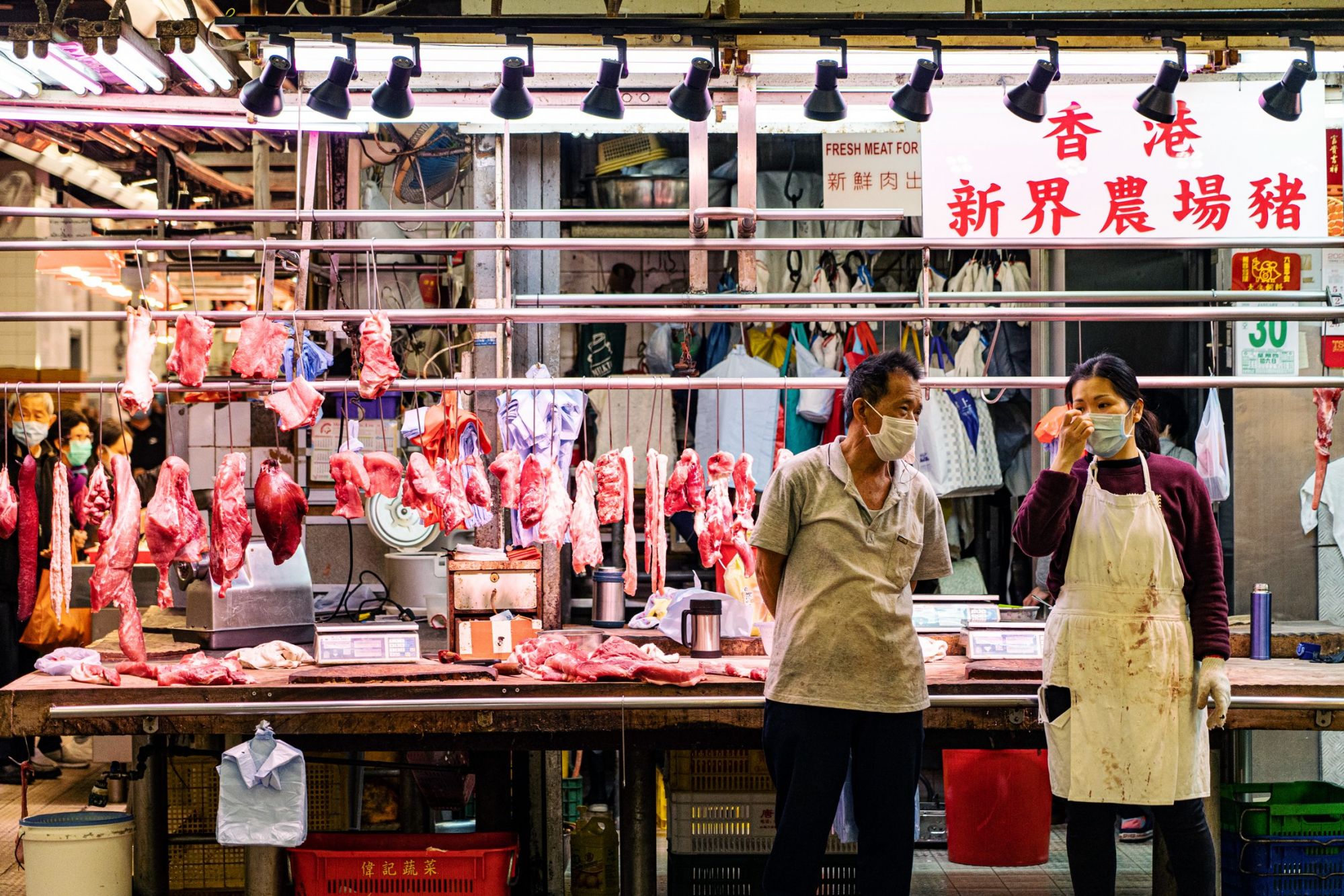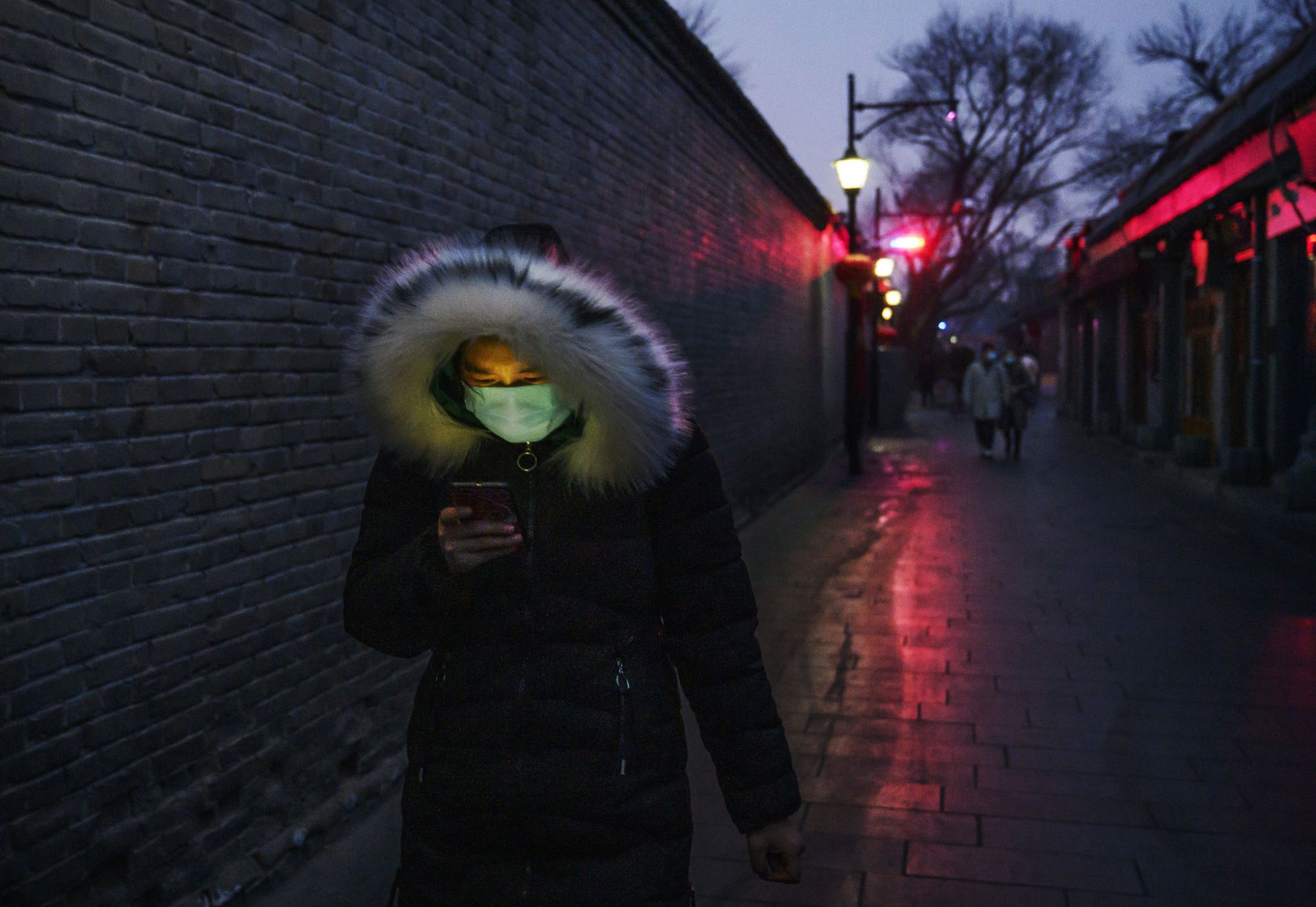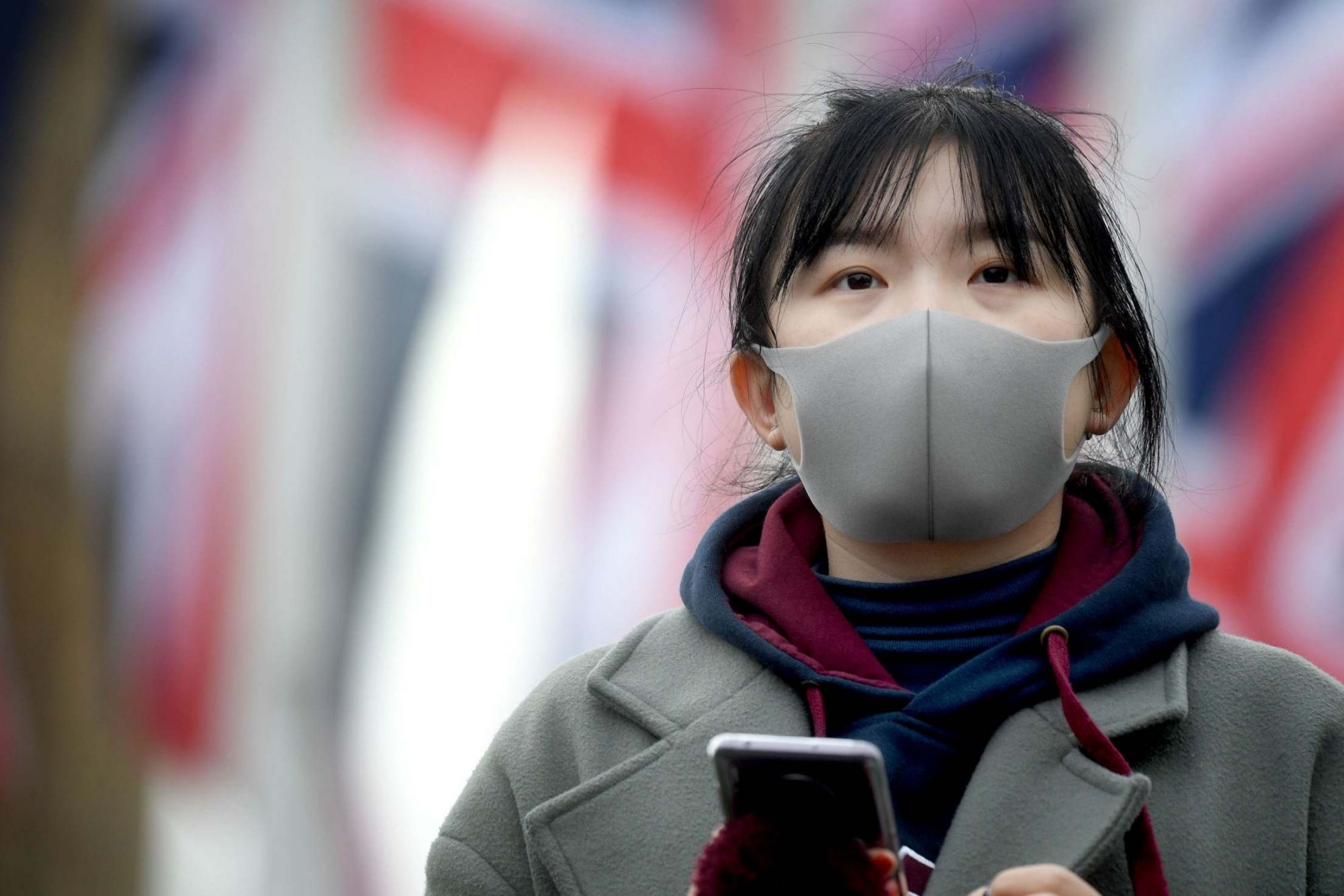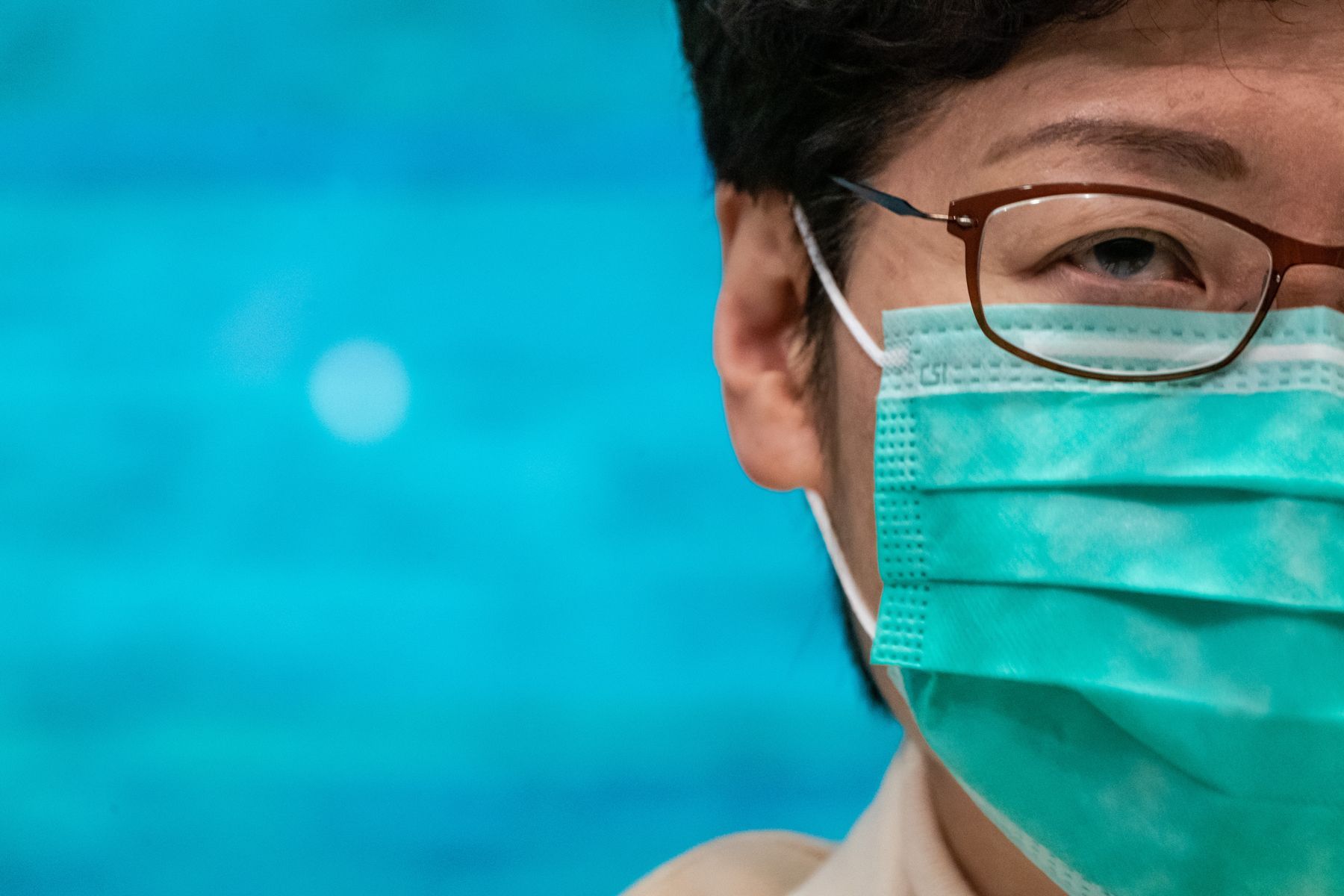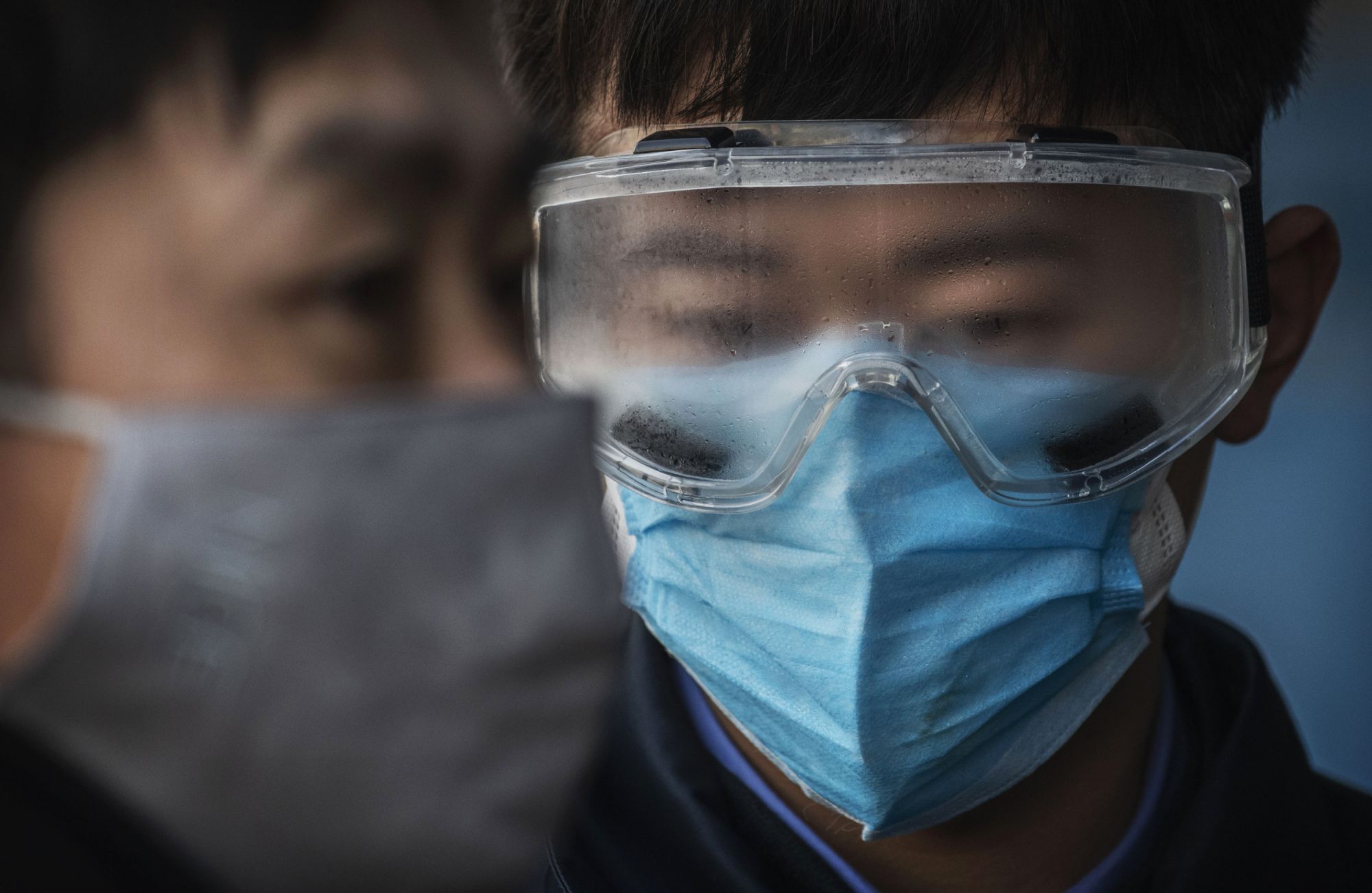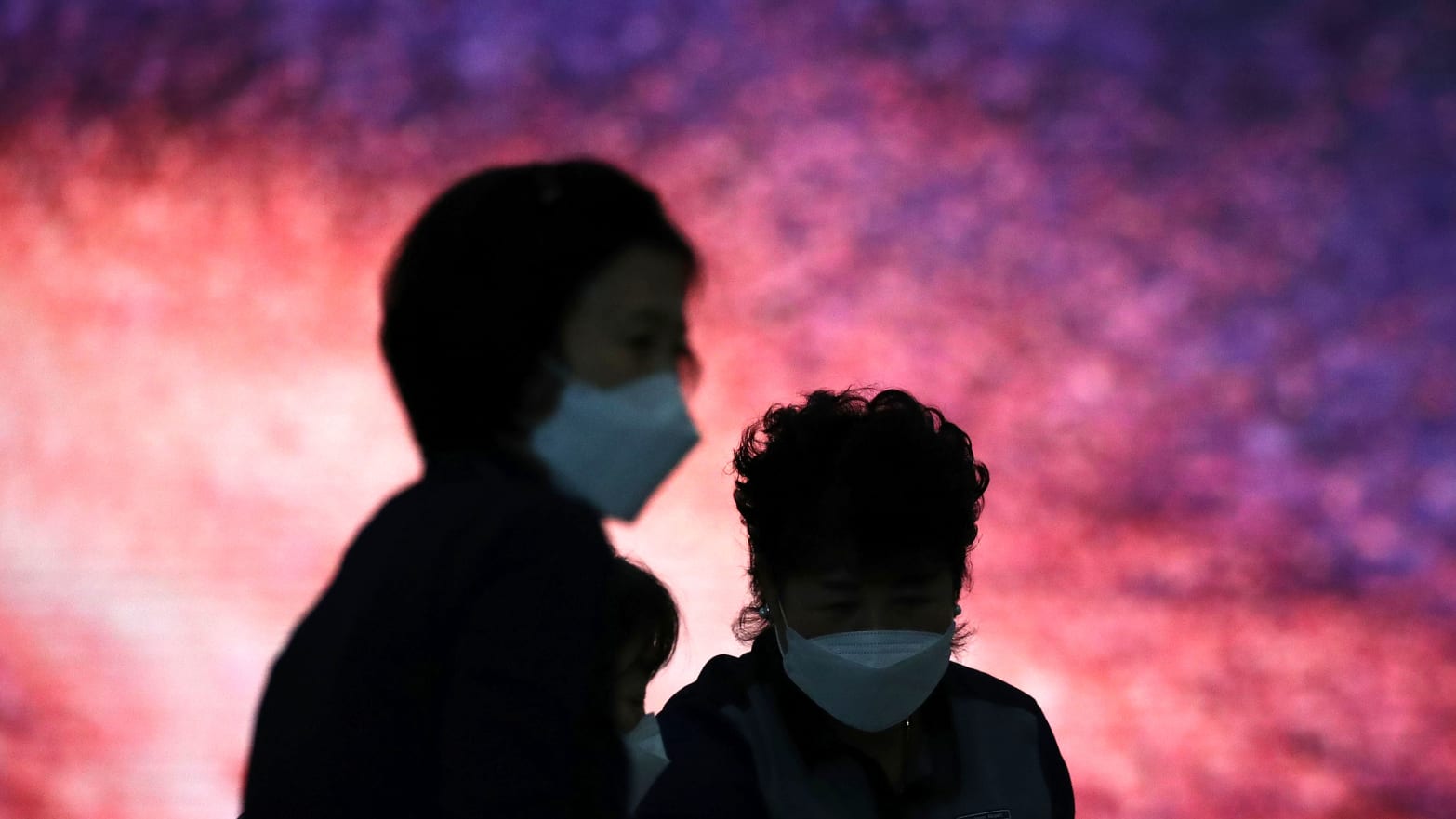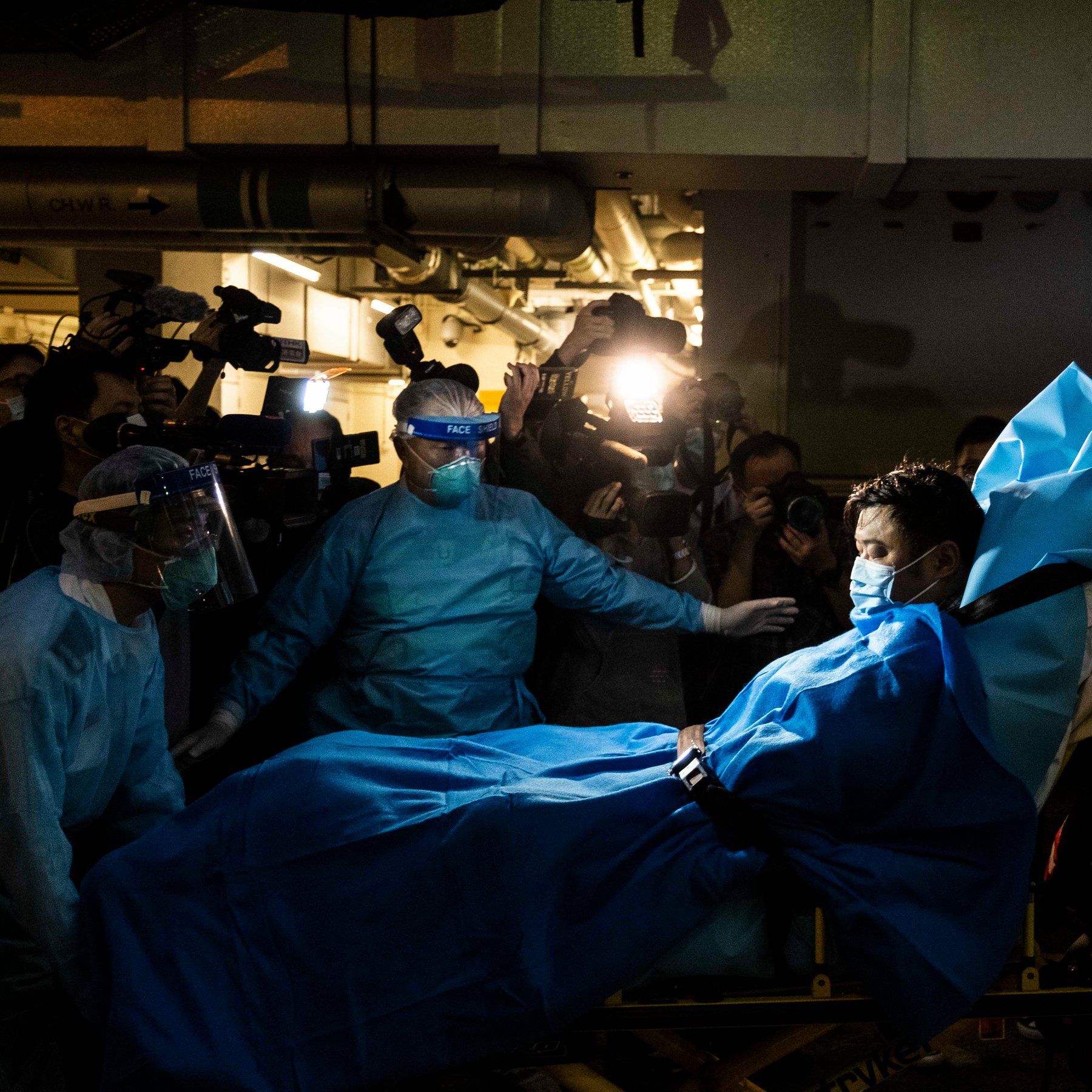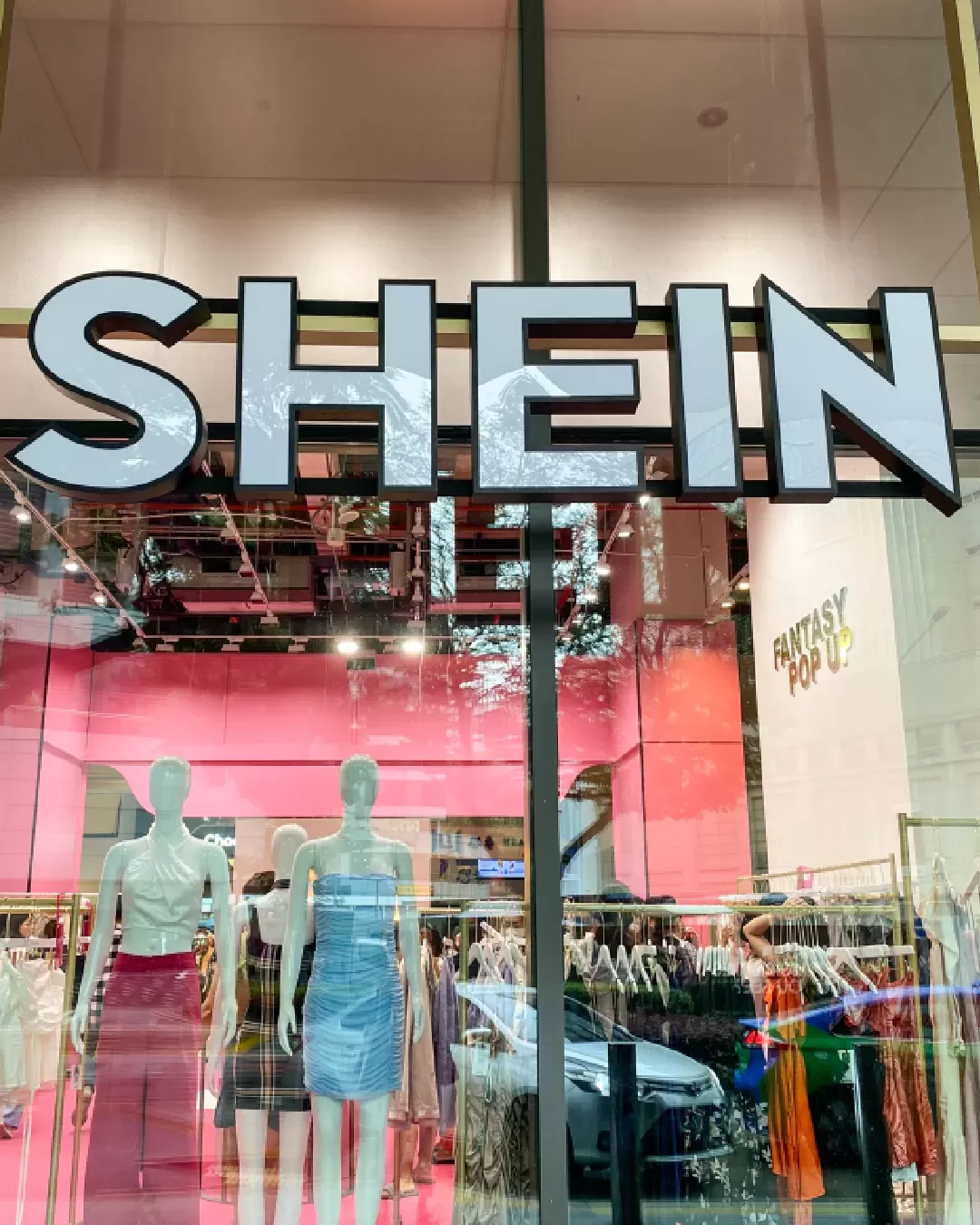
The effects of coronavirus on the fashion industry If China is on its knees, fashion is on its knees
As the death toll rises to 300 and quarantine measures become more stringent around the world, China and its economy are almost paralyzed. The area and the population currently subjected to lockdown by the authorities are as big as the whole of Italy, the health emergency is expanding throughout South-East Asia and the economic consequences are beginning to become heavy especially for the world of fashion. China's production capacity and the strong purchasing power of its audience have been key to fashion brands in recent years and the health emergency that erupted with the epidemic has caused that vast and complex mechanism to operate the luxury industry is now relying more and more. In particular, the postponement of Shanghai Fashion Week is the most alarming of the signs and, if the crisis were to extend to the second quarter of 2020, this year's industrial production roadmap could suffer serious delays.
If the temporary interruption of trade fairs and events is a serious problem but all in all solvable in the long run, the most immediate aspect of the crisis concerns the supply chains. The many factories that remained closed until yesterday due to the New Year holidays may not reopen today, with heavy impacts on the schedule of industrial production cycles. The autumn collections for 2020 are usually produced in February and March ahead of distribution in April. But if the outbreak continues, the distribution won't be able to take place until May or June. Jing Daily spoke with Xi Yang, a lawyer at Harris Bricken and who specializes in trade agreements with China:
“If brands have not diversified their productions outside of China, then there isn’t much they can do to minimize the losses. Factories are closed now and will not resume production anytime soon. Even when they resume production, it does not guarantee they will have enough manpower to complete orders placed, or they will make products that meet the buyer’s standard”.
The coincidence of the epidemic with Chinese New Year also struck the retail landscape. This holiday season is, traditionally, also a time when the Chinese public buys gifts and shops. But with the lockdown state plaguing many regions, retail is also at a heavy loss. One area you are optimistic about is e-commerce. Digital shopping has not suffered the sharp setback that has come to retail and, considering how in 2003 the outbreak of SARS actually helped launch online shopping platforms such as Taobao and JD.com, it's not excluded that some brands may decide to save their revenue by developing or reinforcing their e-commerce channels.
In the midst of this crisis, Kering and LVMH decided to donate one and two million dollars respectively to the Red Cross, along with L'Oreal, Swarowski and Estèe Lauder. A commendable move on the humanitarian level, although undoubtedly driven by both advertising and commercial interests. However, while it is likely that the coronavirus will bring down the growth rate of the Chinese economy from 6.1% to 5.6%, Chinese insiders are optimistic. After the economic problems caused by SARS seventeen years ago, in fact, there was a sharp increase in consumption and in general epidemics of this kind have a short duration, the consequences of which can be muffled by the great resilience of the economy both monetary and fiscal policy.












































